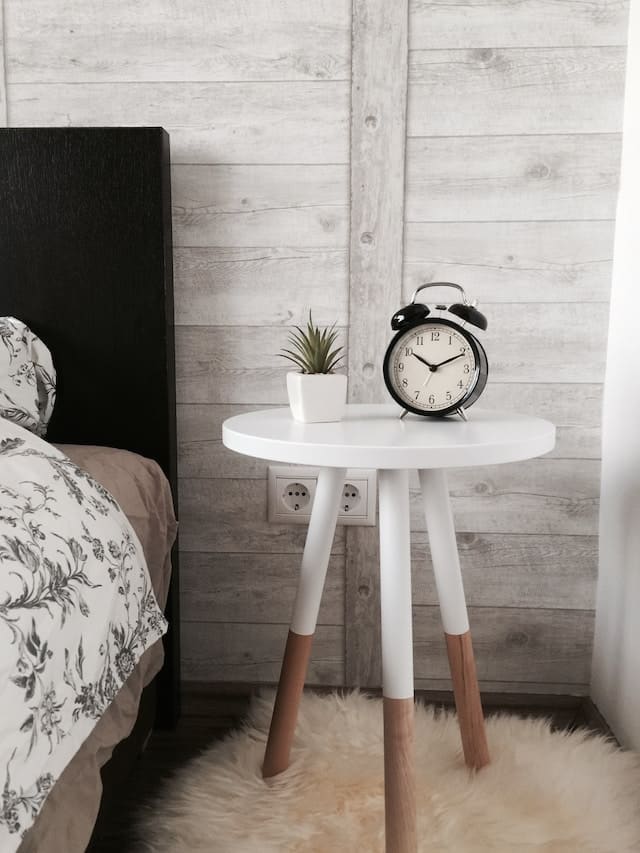What are the best strategies for creating a low-allergen home environment?

In a world where allergies are on the rise, the air we breathe in our homes can significantly impact our health. From dust mites to mold, various allergens present in our indoor environment can trigger allergic reactions, asthmatic symptoms, and other health issues. This article will delve into the best strategies to create a low-allergen home environment to help reduce these allergens and keep your family healthy.
Understanding the Common Home Allergens
Before we get into strategies, it’s crucial to understand the common allergens found in a home. This knowledge can help identify potential problem areas and take necessary precautions.
Dans le meme genre : What are the best strategies for designing a multi-generational home?
Dust mites are one of the most common indoor allergens. These tiny creatures thrive in warm, humid environments and are often found in bedding, upholstered furniture, and carpeting. They feed on dead human skin cells and can trigger allergies and asthma.
Mold is another prevalent allergen. It can grow anywhere there is moisture, such as bathrooms, kitchens, and basements. Exposure to mold can lead to allergies, respiratory issues, and in severe cases, toxic mold syndrome.
En parallèle : How to select the right plants for a vertical garden?
Pollen, typically an outdoor allergen, can also become a problem indoors if it’s allowed to enter through open windows and doors. It can cause seasonal allergies, also known as hay fever.
Pet allergens, such as skin flakes (dander), saliva, and urine can also trigger allergic reactions. Even if you don’t have pets, you may still be exposed to these allergens as they are often carried into homes on clothing.
Strategies to Reduce Dust Mites
Reducing the presence of dust mites can significantly impact the allergen load in your home. Here are some effective strategies:
Regular and thorough cleaning is paramount. Vacuum carpets, rugs, and upholstery weekly using a vacuum cleaner with a HEPA filter, which can trap tiny particles, including dust mite allergens.
Washing bedding weekly in hot water (at least 130°F) and drying it in a hot dryer can kill dust mites and wash away allergen particles. Make use of allergen-proof covers on mattresses, pillows, and box springs to create a physical barrier against mites.
Maintaining a lower humidity level, ideally below 50%, can help inhibit dust mite growth. You can achieve this through using a dehumidifier, air conditioner, or by simply opening windows to allow airflow.
Strategies for Mold Prevention
Mold prevention is crucial for a low-allergen home. High humidity and dampness in homes can lead to mold growth. Effective mold prevention strategies include:
Fix any leaks promptly as dampness encourages mold growth. Frequently check areas such as basements, bathrooms, and kitchens for signs of water leaks or dampness.
Regularly clean and dry wet areas. After a shower or bath, for instance, make sure to dry off tiles and grout lines to prevent mold build-up.
Ensure good ventilation in high-humidity areas of your home like bathrooms and kitchens. Exhaust fans and dehumidifiers can help keep these areas dry.
Minimizing Pollen Exposure
Minimizing pollen exposure indoors can significantly reduce your chances of suffering from pollen allergies. Consider the following strategies:
Keep windows and doors closed, especially during high pollen seasons. Instead, use air conditioning with a clean filter to cool your home.
After spending time outdoors, change and wash your clothes to remove any pollen they may have collected. Showering before bed can also help wash off pollen from your body and hair.
Regularly clean surfaces in your home, like countertops and floors, to remove any pollen that might have been brought indoors.
Managing Pet Allergens
Pet allergens can be challenging to manage, but not impossible. If you have pets, consider adopting these strategies:
Limit pets’ access to bedrooms or other areas where you spend a lot of time. Regularly clean pets and their bedding to reduce allergen levels.
High-efficiency air cleaners and HVAC filters can help remove pet allergens from the air.
Again, regular cleaning, especially vacuuming and dusting, can help keep pet allergen levels down.
Creating a low-allergen home environment may require some effort, but the result is worth it. A clean, allergen-reduced home is key to better health and improved quality of life for those suffering from allergies or asthma.
The Role of Air Purifiers in Controlling Allergens
Air purifiers can be instrumental in managing and reducing house dust and other indoor allergens to improve indoor air quality. These devices work by drawing in air, passing it through a series of filters to remove particles such as dust mites, pet dander, and pollen mold, and then circulating the cleaned air back into the room.
The effectiveness of an air purifier largely depends on its filters. A High-Efficiency Particulate Air (HEPA) filter can trap 99.97% of particles that are 0.3 microns or larger. This includes most common allergens such as dust mite allergen, pet dander, and pollen.
For maximum effectiveness, the air purifier should run continuously. However, as it could contribute to energy consumption, it’s advisable to run it at full speed when you’re not in the room and then lower the speed when you return.
Placement of the air purifier also matters. It should be located where you spend most of your time, like the living room or bedroom. Avoid positioning it near obstructions like furniture and curtains for optimal performance.
Remember, while air purifiers can help reduce allergens, they should not be solely relied upon. They work best in conjunction with other strategies mentioned earlier such as regular cleaning, controlling humidity, and minimizing exposure to allergens.
Conclusion: Creating a Healthy Home Environment
Creating a low-allergen home environment is vital for individuals with allergy asthma and those looking for a healthier lifestyle. It involves understanding the main culprits of indoor allergens, implementing strategies to reduce their presence, and maintaining these practices.
Controlling dust mites can be achieved through regular cleaning, using a HEPA filter vacuum, keeping humidity levels low, and using allergen-proof covers. Mold prevention revolves around prompt fixing of leaks, regular cleaning of wet areas, and ensuring good ventilation. Pollen exposure can be minimized by keeping windows and doors closed during high pollen seasons, changing clothes after outdoor activities, and regular cleaning. Managing pet allergens may involve limiting pet access to certain areas, regular cleaning, and using high-efficiency air cleaners.
Air purifiers can also be a valuable tool in improving indoor air quality. They remove particles like dust mites, pet dander, and pollen from the air, making it cleaner and safer to breathe.
Creating a low-allergen home environment may require effort and consistency, but the result—a healthier, more comfortable home—makes it worth the investment. It’s a proactive step towards reducing allergy symptoms, improving health, and enhancing the quality of life for everyone in the household.
